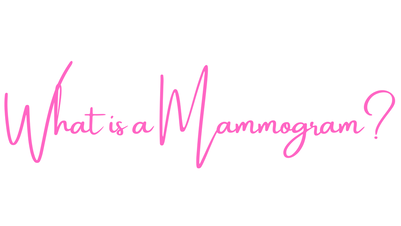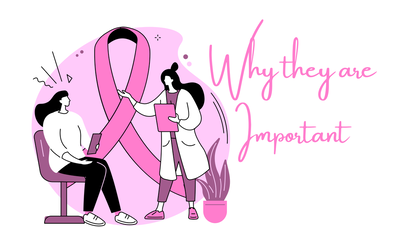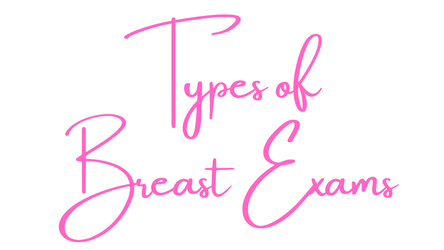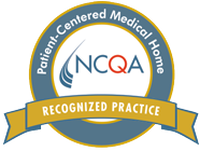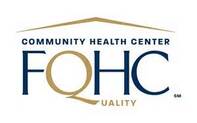|
When it comes to breast cancer, early detection is key. The best way to identify it early is by receiving high-quality screening mammograms and regular clinical breast exams. Early detection can lead to less extensive treatment and a better prognosis. If left unchecked, breast cancer can grow and spread to other areas of the body. While mammography is an excellent tool, it's important to also have annual clinical breast exams by a healthcare provider and communicate any changes detected between exams. Screening mammograms are a life-saving measure and a simple step women can take to maintain good health and catch any potential breast cancer early.
|
|
Get ready for your close-up with a special X-ray machine! You'll be standing tall as a technologist places your breast on a plastic plate and presses another plate firmly from above. Don't fret if you feel some pressure, it's all part of the process. We'll take a snap of your breast, then repeat the steps for a side view. And then repeat for the other breast. After we take all the pics, we'll check to make sure everything looks picture-perfect, but keep in mind that the technologist can't give you the results. Remember, each woman's mammogram is unique, just like her!
|
|
Ladies, listen up! If you're between 40 and 44, you have the choice to start screening for breast cancer with a mammogram every year. If you're between 45 and 54, it's recommended to have a yearly mammogram. And if you're 55 or older, you can switch to every other year or stick to yearly mammograms- whatever floats your boat. Don't forget to keep up with the screening as long as you're in good health and have at least a decade ahead of you.
Now, let's talk mammogram basics. Knowing what to expect is key, so keep in mind what this test can and cannot do. Also, don't sweat it if your doctor doesn't recommend a clinical breast exam for screening if you're an average-risk woman of any age. |
|
Breast Ultrasound:
Breast ultrasound (or ultrasonography) uses sound waves to create images of your breast tissue. During a breast ultrasound, a probe is placed on the skin of your breast. The probe sends high-frequency sound waves into your breast, which bounce off the tissue and return to the probe as echo waves. The echo waves are then converted to the images you see on the screen of the ultrasound machine. Breast ultrasound is often used to assess abnormalities that are found during mammography or a clinical breast exam. The accuracy of the technique depends greatly on the skill level and training of the technician performing it. Breast Tomosynthesis: Also called 3-D mammography, is a new technology. It takes images of the breast from many different angles and creates a three-dimensional picture of the tissue. Like breast ultrasound, breast tomosynthesis may be particularly useful for people with dense breasts. Contrast-Enhanced Digital Mammography (CEDM)Contrast-enhanced digital mammography, or CEDM, combines digital mammogram with the injection of a special dye called a contrast agent. Because cancers absorb more of the contrast agent than the surrounding healthy tissue, it is easier for doctors to detect cancers on the mammogram. Breast MRI: Breast MRI, when used to screen for breast cancer, involves the use of radio waves and a powerful magnet linked to a computer that creates detailed pictures of your breast. During an MRI (magnetic resonance imaging) test, fluids are injected to improve the visibility of the inside of the breast. Studies show that having regular mammography plus breast MRI may offer some advantages over other screening methods for people who are at high risk for the disease. However, it is not typically recommended for people at average risk of breast cancer. Clinical Breast Exam: A clinical breast exam is a physical exam of the breast performed by a trained healthcare professional. It includes an examination of both breasts, your underarms, and your collarbone area to check for any signs of breast cancer. Breast Self-Exam: A breast self-exam, which you may also call a self-breast exam, is an at-home breast exam you give yourself. You’ll want to check your breasts for anything that feels unusual. You should look for breast lumps, changes in size or shape, leaking of fluid from the nipples, or irregular thickening of tissue. |


